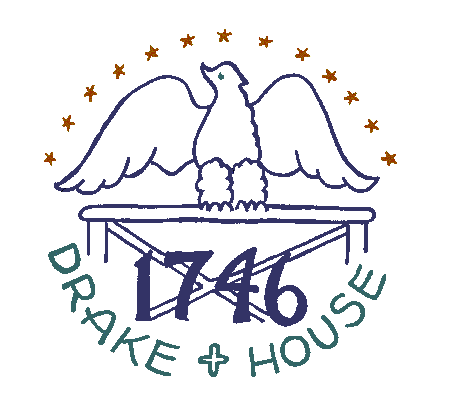 |
|||||||||||||||||
|
|
|||||||||||||||||
|
|
|||||||||||||||||
 |
||||||
 |
 |
|||||
By Robert J. Titterton |
||||||
THE AMERICAN CIVIL WAR was the first large armed conflict to be substantially documented through photography. Traveling with the armies or working in their studios, photographers turned out
riveting views of persons and places caught up in the colossal struggle. There was, however, something missing from the great body of Civil War camera images. Mid-19th century photographic technology was
unequal to the task of fully depicting war. In an age predating telephoto lenses and split-second shutter speeds, pictures of soldiers in pitched battle or on the march were impossible. Photographers were
limited to recording smoldering remains of ruined buildings, lifeless bodies and wooden groups of proud posed men. To be fair, even with modern cameras and film, the photograph would have been no match for the magic
conveyed through the hand of a painter or sketcher. An artist could unveil from a scene the smoke of a thousand rifles and the dust kicked up by twice as many boots. Only then could the faces of individuals,
uprooted from comfortable lives as jewelers and farmers to serve their causes, be seen. Being an artist was not, in itself, enough to assure an authentic portrayal of war. Lacking the perspective of participants, many
artists produced romanticized, and hence false images of the Civil War. Men who had marched under the blazing Southern sun, fought other Americans and eaten wormy hardtack drew their pictures from personal
experience. Their legacy is a powerful record of events they not only witnessed but lived. One such soldier-artist was Julian Scott, whose military career is overshadowed only by his art. Scott's military
experience began in spring 1861. As one Southern state after another seceded from the Union, President Abraham Lincoln issued a call for Federal troops. Scott, a slightly-built 15-year-old from Johnson, in
Vermont's Lamoille County , longed to go off to war. His great-grandfather had organized the militia of Bennington, Vermont, to fight for American independence in the Revolutionary War, and had won a lieutenant's
commission. His grandfather had sailed across lake Champlain September 1814 to battle the British at Plattsburgh, New York, during the War of 1812. Scott's older brother, Lucien, was already riding the
spirited Morgans of the 1st Vermont Cavalry and writing home about his adventures. Unwilling to miss his own opportunity for adventures, Scott managed to enlist as a fifer in the 3d Vermont Volunteer Infantry.
In his enlistment papers he boldly proclaimed his occupation as "painter"- a vision of the future perhaps, but closer to the truth than his age, which the official register listed as 16, just old enough to
allow admission as a fifer. Scott mustered into service with the 3d Vermont on May 16, 1861. Before the end of the month, he was on his way to the main encampment of Federal troops in Washington, D.C. The
Green Mountain Boys were giants by the standards of the day, with an average height of 5 feet 10 inches. Onlookers crowded the streets of New York City as the Vermont troops marched through en route to Washington
clad in fine uniforms, sprigs of pine affixed to their caps. Scott's oversized uniform half covered his hands, smothering the air holes of his fife whenever he played. By August, the 3d Vermont was at Camp Lyon,
guarding the Chain Bridge outside the Federal capital from nearby Confederate forces. Just four weeks after he had left Vermont, Scott saw an example of how serious a matter military duty was. A Private
William Scott (no relation) of the 3d Vermont was found sleeping while on sentinel duty, and was sentenced to die. When the appointed day came, the 3d Vermont somberly fell in for the execution. Happily,
however a reprieve from Lincoln arrived just in time, and was read to the cheering troops in lieu of the firing squad's report. |
||||||
Contents of any advertisements associated with this page are NOT endorsed in any way by |
||||||